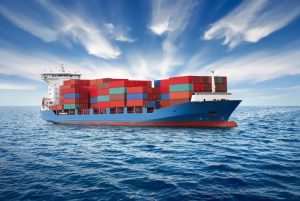A significant connection in the worldwide store network, sea cargo transporting empowers organizations to send colossal heaps of items and products across global boundaries. International freight forwarder responsibilities give different sea cargo administrations to address the issues of our far reaching customer base. Beneath, we will talk about the distinction between sea cargo and ocean cargo.

Ocean and sea cargo are frequently utilized reciprocally yet have unpretentious contrasts.
Ocean cargo alludes to the transportation of products via ocean, yet it is commonly utilized with regards to more limited distances, like inside a similar locale or mainland. It might likewise allude to more modest vessels that can’t cross seas.
Then again, sea cargo alludes to shipping products via ocean over longer distances, ordinarily between mainlands. It is a standard strategy for moving enormous amounts of products universally and is much of the time the most financially savvy choice.
One critical distinction between ocean cargo and sea cargo is the size of the vessels utilized. Ocean cargo vessels are by and large more modest and may have an alternate degree of conveniences than more goliath sea tankers.
Another distinction is the period of time it takes to ship the merchandise. For instance, ocean cargo shipments might require a couple of days to seven days, while sea cargo shipments can require half a month to a month, contingent upon the distance and the quantity of stops en route.
As far as cost, ocean cargo is by and large more affordable than sea cargo because of the more limited distances and more modest vessels included. Nonetheless, it might just now and again be the most useful choice, contingent upon the kind and amount of merchandise being delivered.
By and large, the primary contrast between ocean cargo and sea cargo is the distance and size of the shipment. Along these lines, ocean cargo is the most appropriate for more limited distances and more modest burdens, while sea cargo is great for longer distances and bigger amounts of products.

